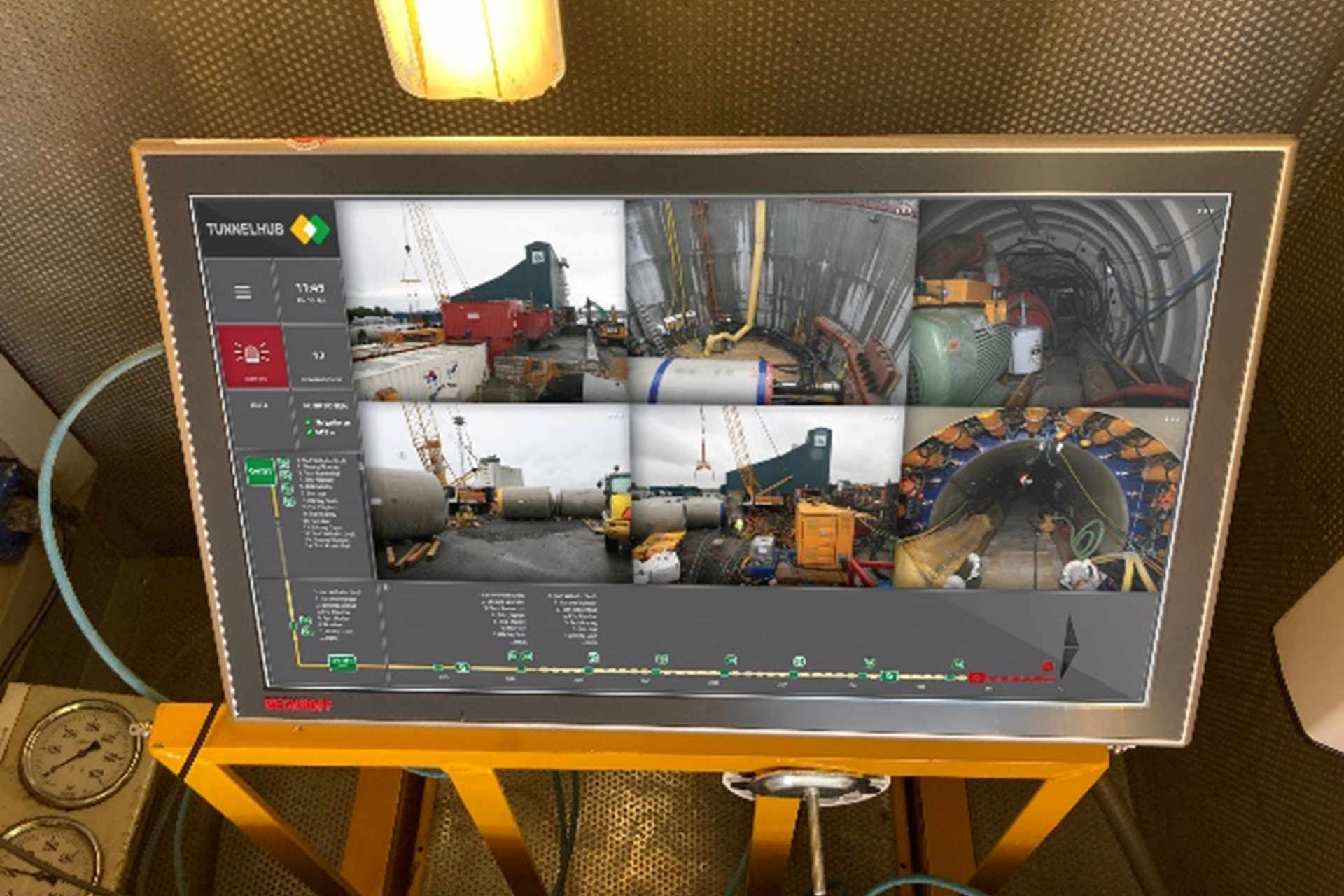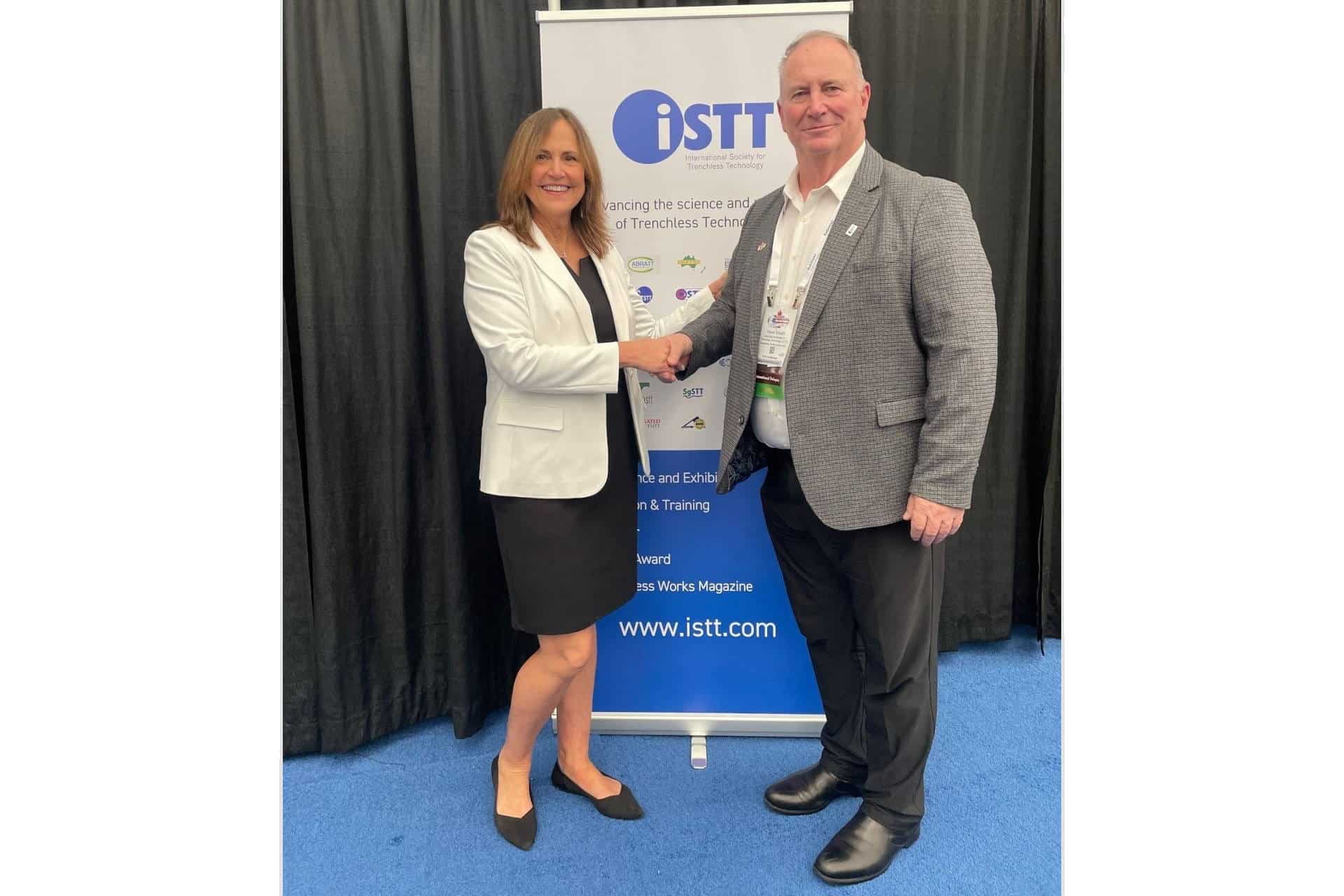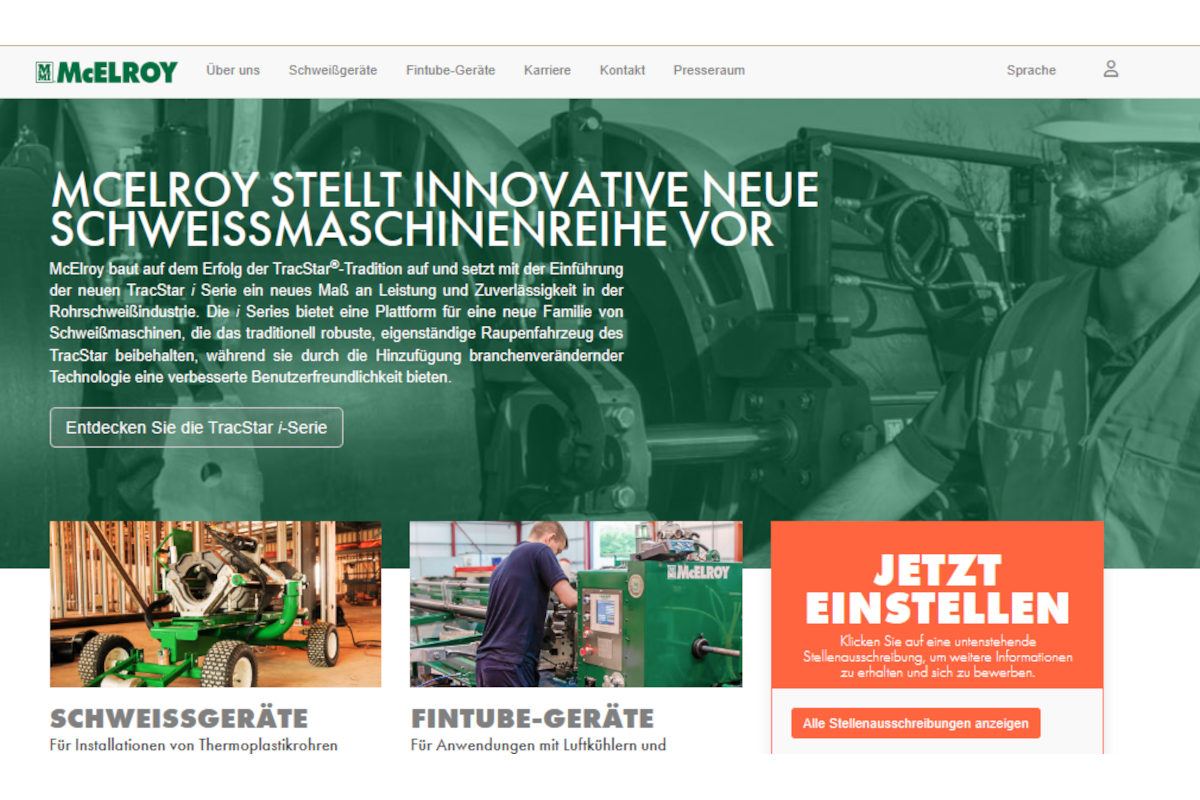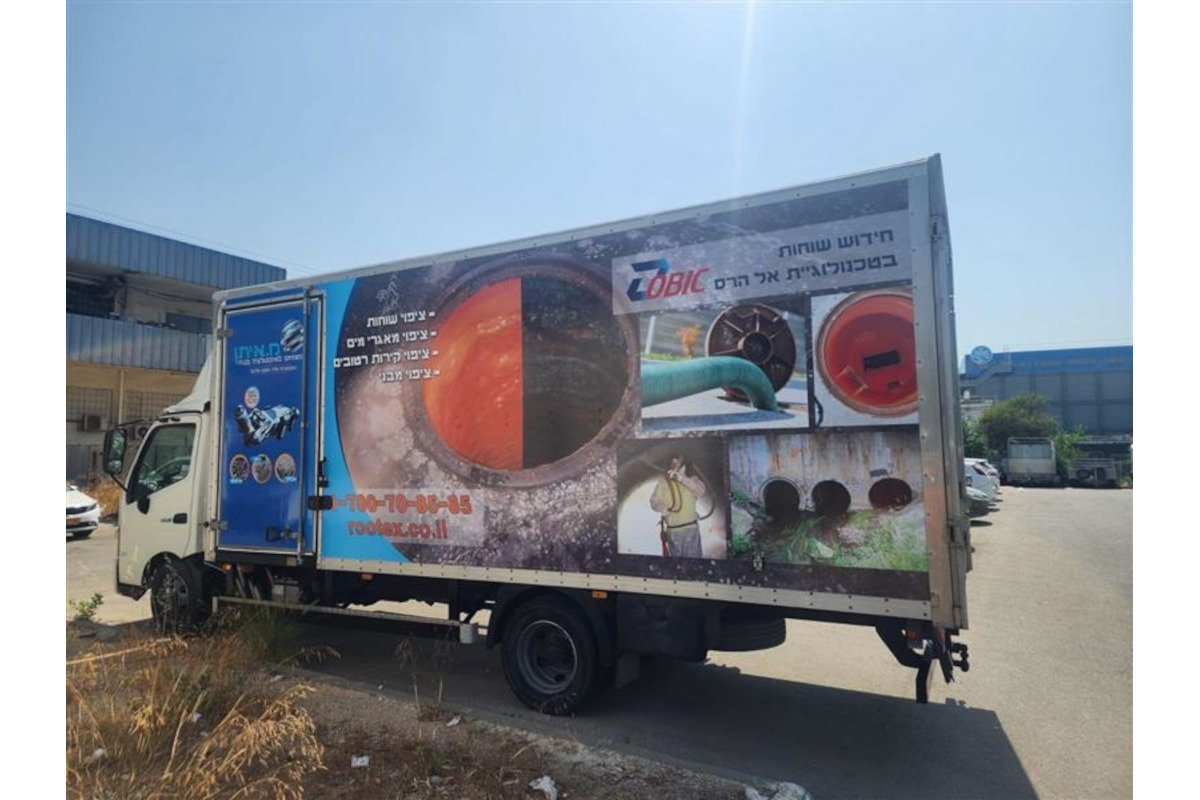The 7th Time in Europe
April 25, 2012
 The sewers of Pforzheim in Germany are for some part over 100 years old. It comes as no surprise that these no longer suit today’s requirements and urgently need to be rehabilitated. The majority of newly installed pipes has been jacked: A rather infrequent and demanding project was in this case the installation of an air cushion inverted siphon beneath two rivers.
The sewers of Pforzheim in Germany are for some part over 100 years old. It comes as no surprise that these no longer suit today’s requirements and urgently need to be rehabilitated. The majority of newly installed pipes has been jacked: A rather infrequent and demanding project was in this case the installation of an air cushion inverted siphon beneath two rivers. When Pforzheim’s sewer system was built more than 100 years ago, this was done for the at the time small number of inhabitants and equally small amount of wastewater. Today, more than 9,000 liters of sewage from the city and its surrounding areas are led through the city center per second. Depending on weather conditions, the combined sewers, which transport rain as well as sewage, need to cope with varying amounts of water. When there is little rain, the low flow rate in the line may lead to siltation and deposits. If these are not removed, they can cause congestions that during heavy rainfall may cause floods and along with these high costs. Improving the sewage disposal’s safety was a further point on the rehabilitation plan: less pollutants and contaminants should reach the rivers Nagold and Enz to sustainably improve the water quality and for environmental protection.
The municipal organization responsible for wastewater and surface collection and treatment Stadtentwässerung Pforzheim commissioned Hyder Consulting GmbH to draw up a master plan for the renewal of the sewage system. In order to implement the objectives with as little as possible disturbance to the city center, Hydro Consulting designed an air cushion inverted siphon as central element to be jacked beneath the rivers Enz and Nagold. The 26 million euros project was split into several construction phases, which were implemented by the contractor Sonntag Baugesellschaft mbH & Co. KG.
Air Cushion Siphon
 The new sewer pipeline through the city center had to be led beneath the rivers Enz and Nagold. An air cushion inverted siphon was designed here to regulate and keep the flow rate of the sewage at a point which would not allow for pollutants and sand to settle in the pipes. Deposits and siltation are this way avoided and maintenance costs minimized. The inverted siphon is a horizontal pipe with a vertical pipe ending in a siphon (bend) on each end. Air that is pumped into the horizontally arranged pipe cannot escape and reduces the cross section. Smaller amounts of water flowing into the inverted siphon result in a larger air cushion which reduces the cross section and increases the flow rate. Larger amounts of water reduce the amount of trapped air and increase the cross section.
The new sewer pipeline through the city center had to be led beneath the rivers Enz and Nagold. An air cushion inverted siphon was designed here to regulate and keep the flow rate of the sewage at a point which would not allow for pollutants and sand to settle in the pipes. Deposits and siltation are this way avoided and maintenance costs minimized. The inverted siphon is a horizontal pipe with a vertical pipe ending in a siphon (bend) on each end. Air that is pumped into the horizontally arranged pipe cannot escape and reduces the cross section. Smaller amounts of water flowing into the inverted siphon result in a larger air cushion which reduces the cross section and increases the flow rate. Larger amounts of water reduce the amount of trapped air and increase the cross section. Inverted siphons of this kind are usually installed by jacking. Starting from the thrust pit, the boring machine works its way under the watercourse through to the reception pit. Pipes are one after the other pushed in behind the machine to establish the finished siphon. In choosing the route to run beneath the Enz and Nagold traffic impairments in the city center could be avoided. The challenging undertaking to lead the combined sewer beneath an obstruction by trenchless technology has been realized for the seventh time in Europe.
The master plan for rehabilitation comprises apart from the DN 2200 air cushion inverted siphon also several inlet sewers as well as storage sewers DN 1600 and DN 1400 that store and throttle combined sewage before it reaches the overflow basin for rainwater treatment.
Highest Demands on the Pipe Material
Various materials have been analyzed, compared and evaluated in regard to technical and economic criteria before the pipes for the inverted siphon have been chosen: HOBAS was the winner and scored in particular by providing a system solution consisting of jacking pipes, shafts and by offering technical and economic benefits. The relatively small diameters and smooth outer pipe surface resulted in a reduced amount of excavation material and fewer intermediate jacking stations. The installation costs were this way lowered considerably. Also the air- and gas-tightness of HOBAS GRP Pipes was an essential criterion for implementing the air cushion siphon. It is understandable that the investor did not want to take any risks with porous materials.
Multiple Phase Project
Construction works for the first construction stage began at the end of 2010 with the installation of a storage sewer. De 1720, PN 1 HOBAS Jacking Pipes have been used for this. The site was searched for warfare material from World War II before the works could begin and some fire bombs were recovered and taken care of by the Explosive Ordnance Disposal. At the start of 2011, pilings were inserted with the help of a 60-ton boring machine. The 365 m-long storage sewer was then jacked in 7 meters depth. For this purpose contractor Sonntag Baugesellschaft chose a fully automated tunnel boring machine with slurry shield and hydraulic conveyance system. The AVN-boring machine with 1,720-mm outside diameter was equipped with a mixed-soil cutterhead and a downstream crushing device. After the jacking job a further storage sewer consisting of 130 m HOBAS Pipes De 1638, PN 1 was installed in open trench.
 In May 2011, the second tunneling machine with 2.4-m outside diameter weighing 36 tons was delivered for the installation of the actual air cushion inverted siphon under the rivers. The pipes were jacked in 15-m depth and on a 483 m-long drive. The boring crown equipped with a rock cutterhead had to break through the sandstone of the Enz and Nagold. Due to the abrasiveness of the sandstone the worn cutter equipment had to be changed every 130 m. HOBAS CC-GRP Jacking Pipes De 2400, PN 2 have been utilized here and 4 intermediate stations were installed of which only 3 were put into operation. The job was finalized in August 2011 when the tunneling machine reached the receiving pit that had been installed in the area of the city church parallel to the thrust pit. In order to establish a kind of siphon inlet (bend) for the Enz siphon the receiving pit was deepened another 3.5 m. This was necessary to generate the air cushion later on when the inverted siphon goes into operation.
In May 2011, the second tunneling machine with 2.4-m outside diameter weighing 36 tons was delivered for the installation of the actual air cushion inverted siphon under the rivers. The pipes were jacked in 15-m depth and on a 483 m-long drive. The boring crown equipped with a rock cutterhead had to break through the sandstone of the Enz and Nagold. Due to the abrasiveness of the sandstone the worn cutter equipment had to be changed every 130 m. HOBAS CC-GRP Jacking Pipes De 2400, PN 2 have been utilized here and 4 intermediate stations were installed of which only 3 were put into operation. The job was finalized in August 2011 when the tunneling machine reached the receiving pit that had been installed in the area of the city church parallel to the thrust pit. In order to establish a kind of siphon inlet (bend) for the Enz siphon the receiving pit was deepened another 3.5 m. This was necessary to generate the air cushion later on when the inverted siphon goes into operation. A static monitoring system CoJack from the company S & P Consult GmbH had been installed in order to keep an eye on and records of the forces on the jacking pipes. The sensor system measured the gaps between the joints and the deflection of the two pipes behind the machine, the forces and extensions of the intermediate stations and the forces at the main jacking machine. The data was then transmitted via internet to a server, edited and compared with the allowable values. This allowed the site management, the contractor and the constructor to monitor the jacking procedure online from their computer. The monitoring system provided clear and consistent proof that the pipes were at no point in time overloaded.
The Enz-siphon is up to now the largest construction project implemented by Stadtentwässerung Pforzheim. It attracted a lot of attention, nationwide as well as abroad: Professionals came to Pforzheim to watch the pipes being jacked and to exchange their knowledge and experience.
This article was supplied by HOBAS Engineering GmbH, Klagenfurt, Austria.




